Biden airs Israeli peace plan, squeezing Netanyahu
The president proposed a pause in fighting and a hostage swap in his surprise speech


What happened
Israeli Prime Minister Benjamin Netanyahu and Hamas are weighing an Israeli cease-fire proposal that President Joe Biden made public Friday in a surprise speech. The plan, which Netanyahu's office confirmed was presented to Hamas days ago, calls for a six-week pause in fighting during which Israel would swap Palestinian prisoners for Israeli hostages in phases while aid to Gaza would see a significant boost.
Who said what
The deal has broad regional and international support, and more than 100,000 Israelis flooded the streets Saturday night to pressure Netanyahu to accept it. Hamas said it viewed Biden's speech "positively," with caveats. "We have every expectation that if Hamas agrees" to Israel's proposal, "Israel would say yes," White House spokesperson John Kirby said to ABC News on Sunday.
Two hardline members of Netanyahu's Cabinet threatened to bring down his government if he pursued the deal. Opposition leader Yair Lapid said he would provide Netanyahu a "safety net" in parliament to see the cease-fire deal through.
What next?
Biden's "public airing of the cease-fire proposal has forced" Netanyahu's competing incentives "to the surface, meaning Netanyahu may no longer be able to stall for time," The Washington Post said.
The Week
Escape your echo chamber. Get the facts behind the news, plus analysis from multiple perspectives.

Sign up for The Week's Free Newsletters
From our morning news briefing to a weekly Good News Newsletter, get the best of The Week delivered directly to your inbox.
From our morning news briefing to a weekly Good News Newsletter, get the best of The Week delivered directly to your inbox.
A free daily email with the biggest news stories of the day – and the best features from TheWeek.com
Peter has worked as a news and culture writer and editor at The Week since the site's launch in 2008. He covers politics, world affairs, religion and cultural currents. His journalism career began as a copy editor at a financial newswire and has included editorial positions at The New York Times Magazine, Facts on File, and Oregon State University.
-
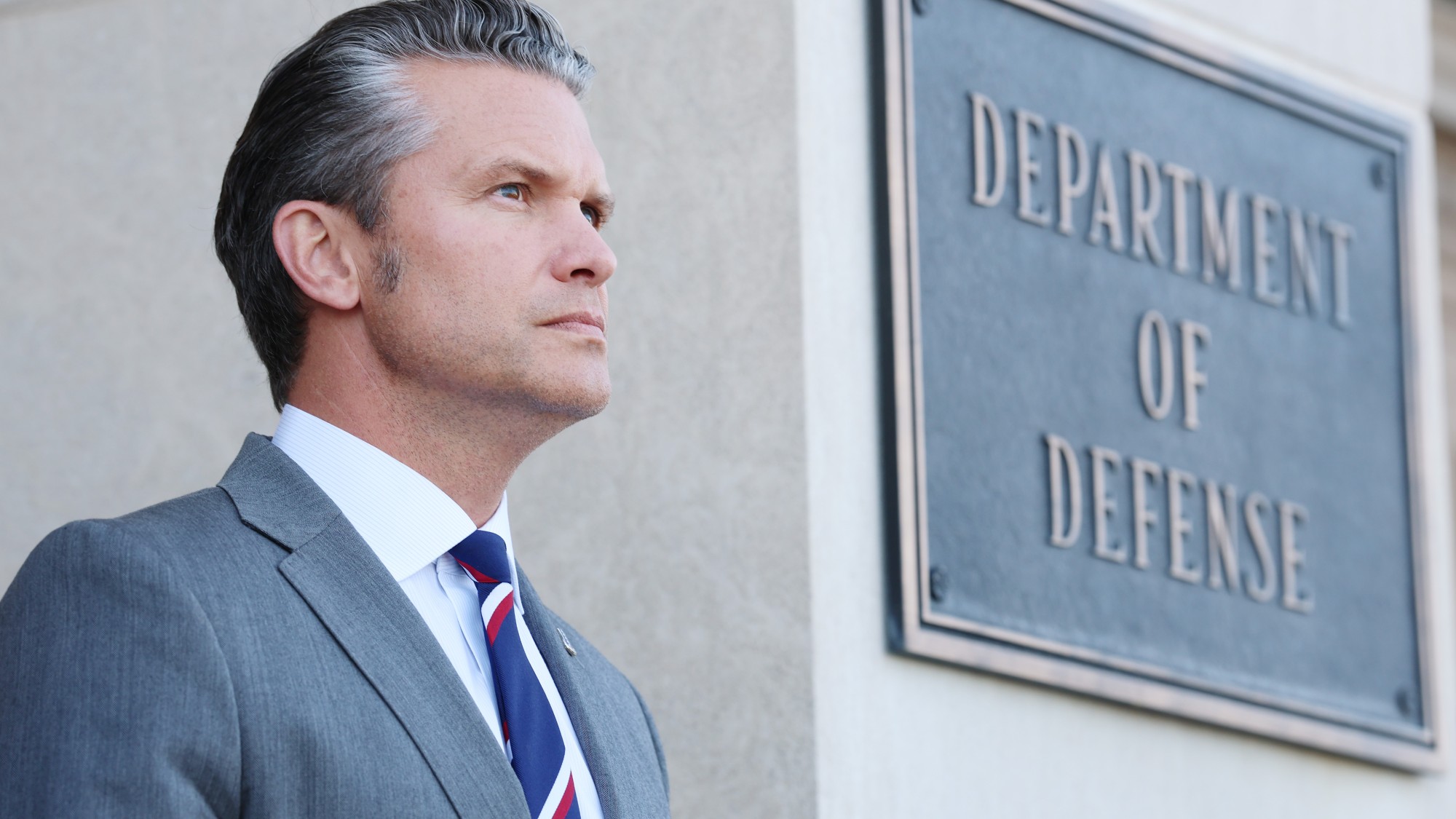 How the War Department became the Department of Defense – and back again
How the War Department became the Department of Defense – and back againIn Depth In 1947 President Harry Truman restructured the US military establishment, breaking with naming tradition
-
 Codeword: December 8, 2025
Codeword: December 8, 2025The daily codeword puzzle from The Week
-
 Sudoku hard: December 8, 2025
Sudoku hard: December 8, 2025The daily hard sudoku puzzle from The Week
-
 ‘They’re nervous about playing the game’
‘They’re nervous about playing the game’Instant Opinion Opinion, comment and editorials of the day
-
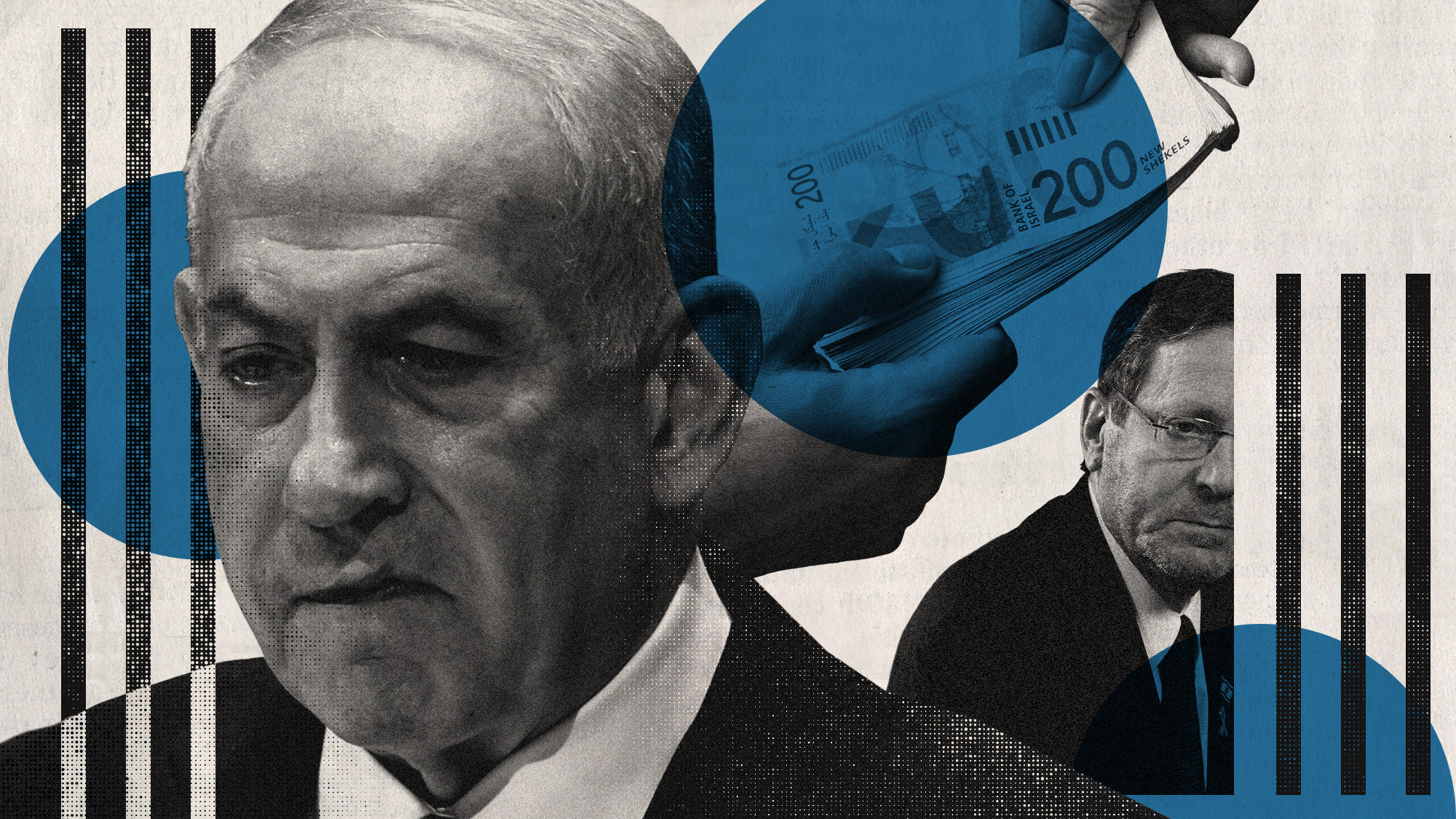 Will Netanyahu get a pardon?
Will Netanyahu get a pardon?Today's Big Question Opponents say yes, if he steps down
-
 ‘The choice isn’t between domestic and foreign talent; the nation was built on both’
‘The choice isn’t between domestic and foreign talent; the nation was built on both’Instant Opinion Opinion, comment and editorials of the day
-
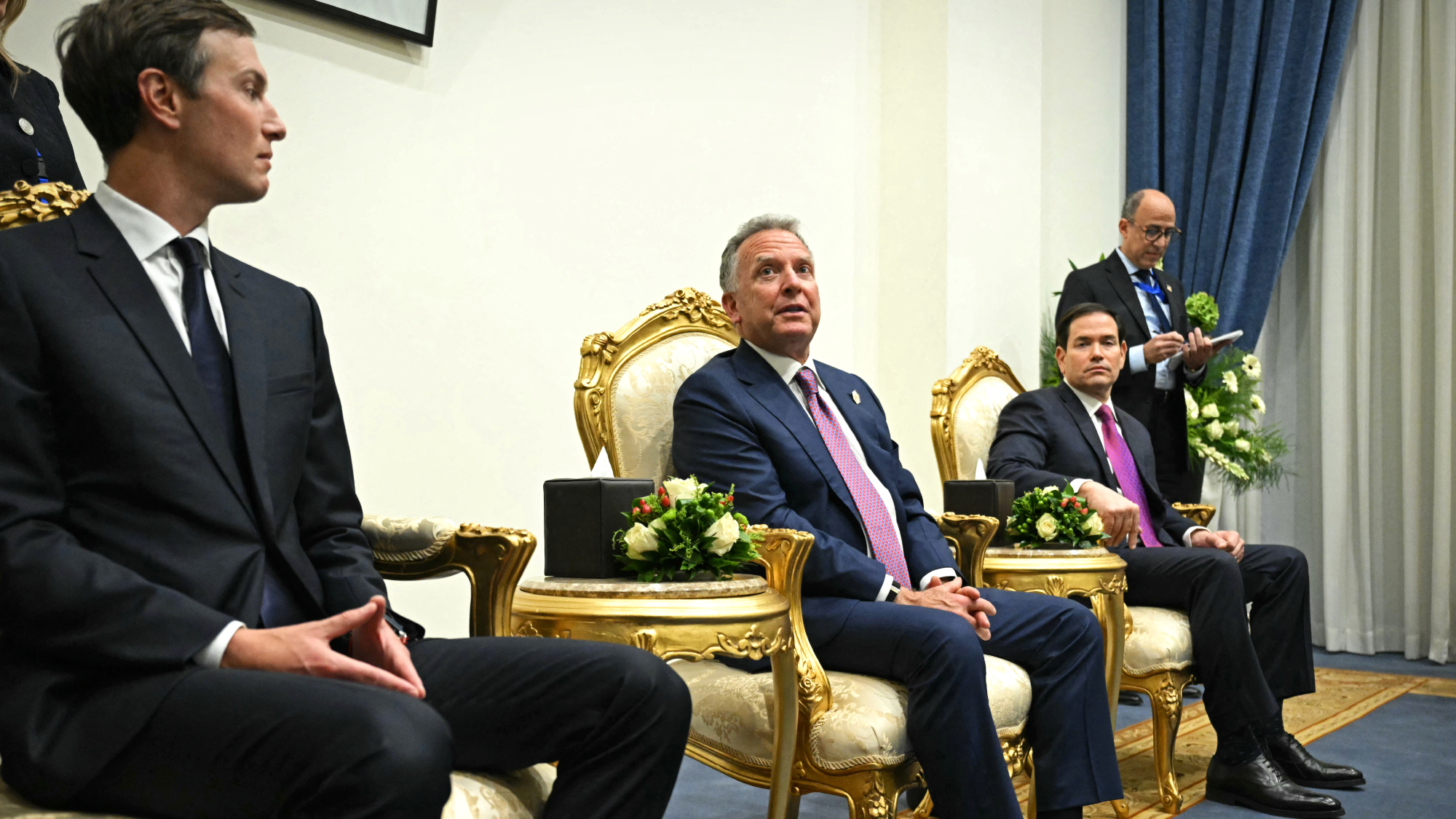 Trump’s Ukraine peace talks advance amid leaked call
Trump’s Ukraine peace talks advance amid leaked callSpeed Read Trump’s envoy Steve Witkoff is set to visit Russia next week
-
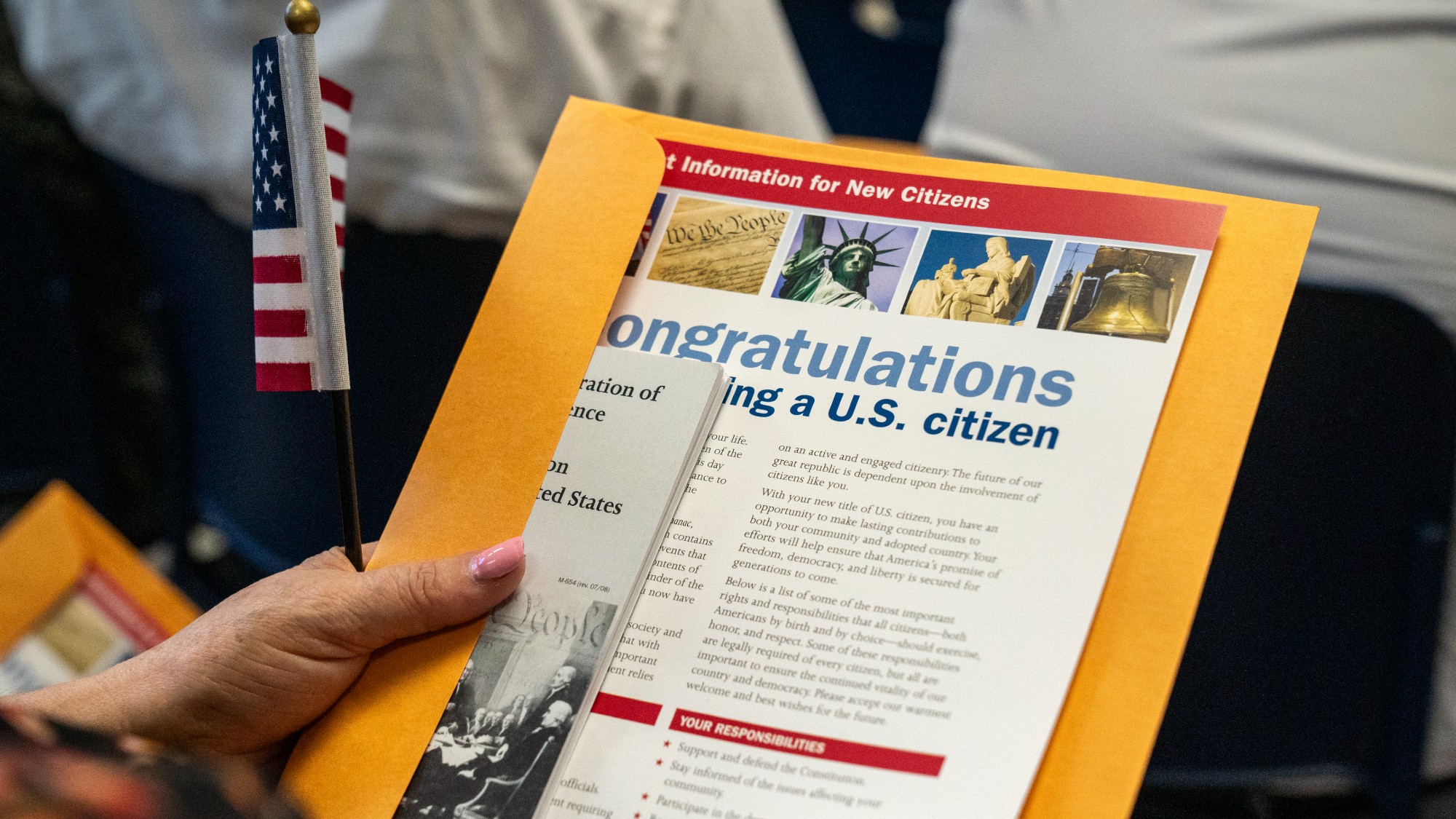 Memo signals Trump review of 233k refugees
Memo signals Trump review of 233k refugeesSpeed Read The memo also ordered all green card applications for the refugees to be halted
-
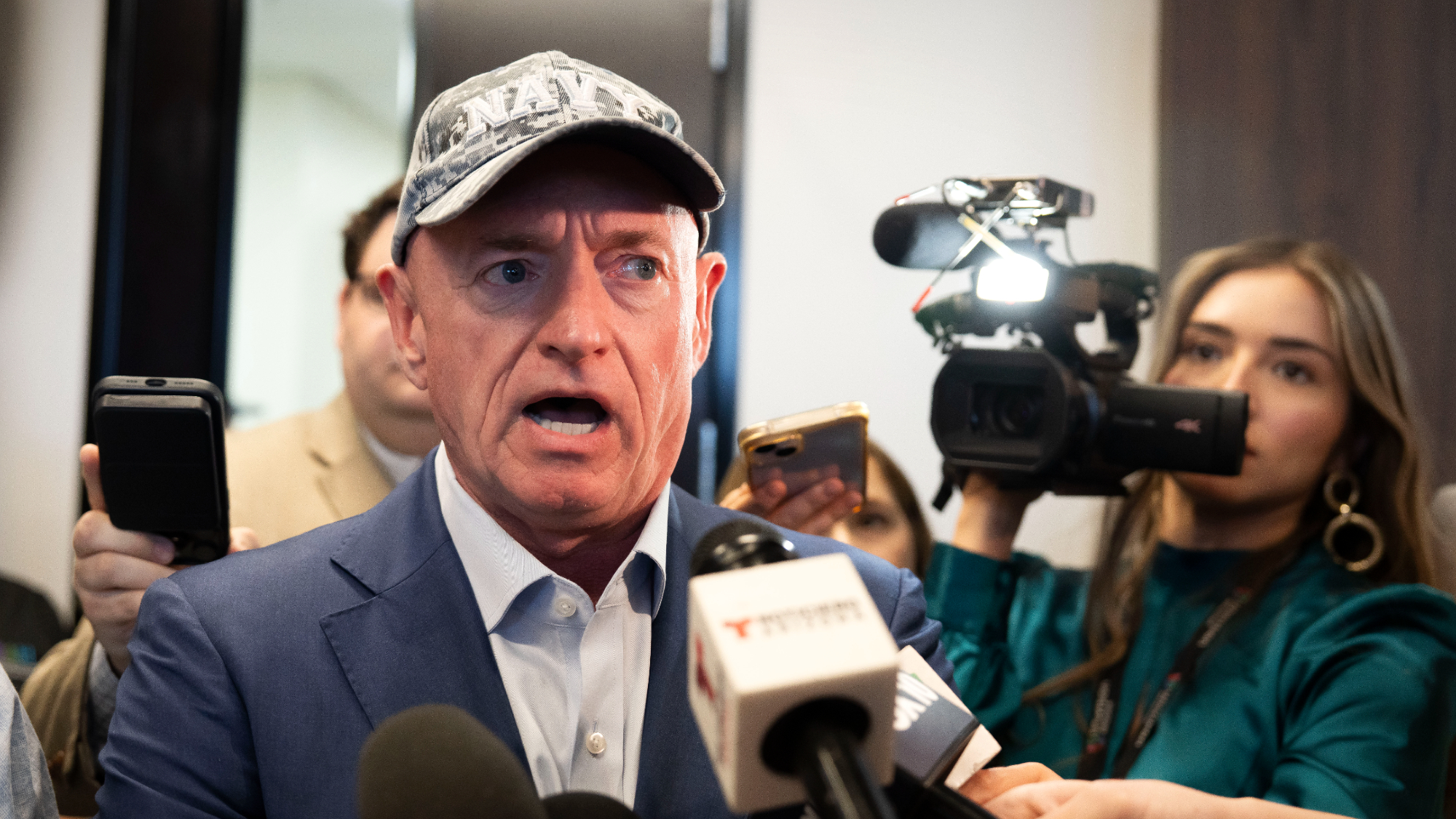 Pentagon targets Kelly over ‘illegal orders’ video
Pentagon targets Kelly over ‘illegal orders’ videoSpeed Read The Pentagon threatened to recall Kelly to active duty
-
 Judge tosses Trump DOJ cases against Comey, James
Judge tosses Trump DOJ cases against Comey, JamesSpeed Read Both cases could potentially be brought again
-
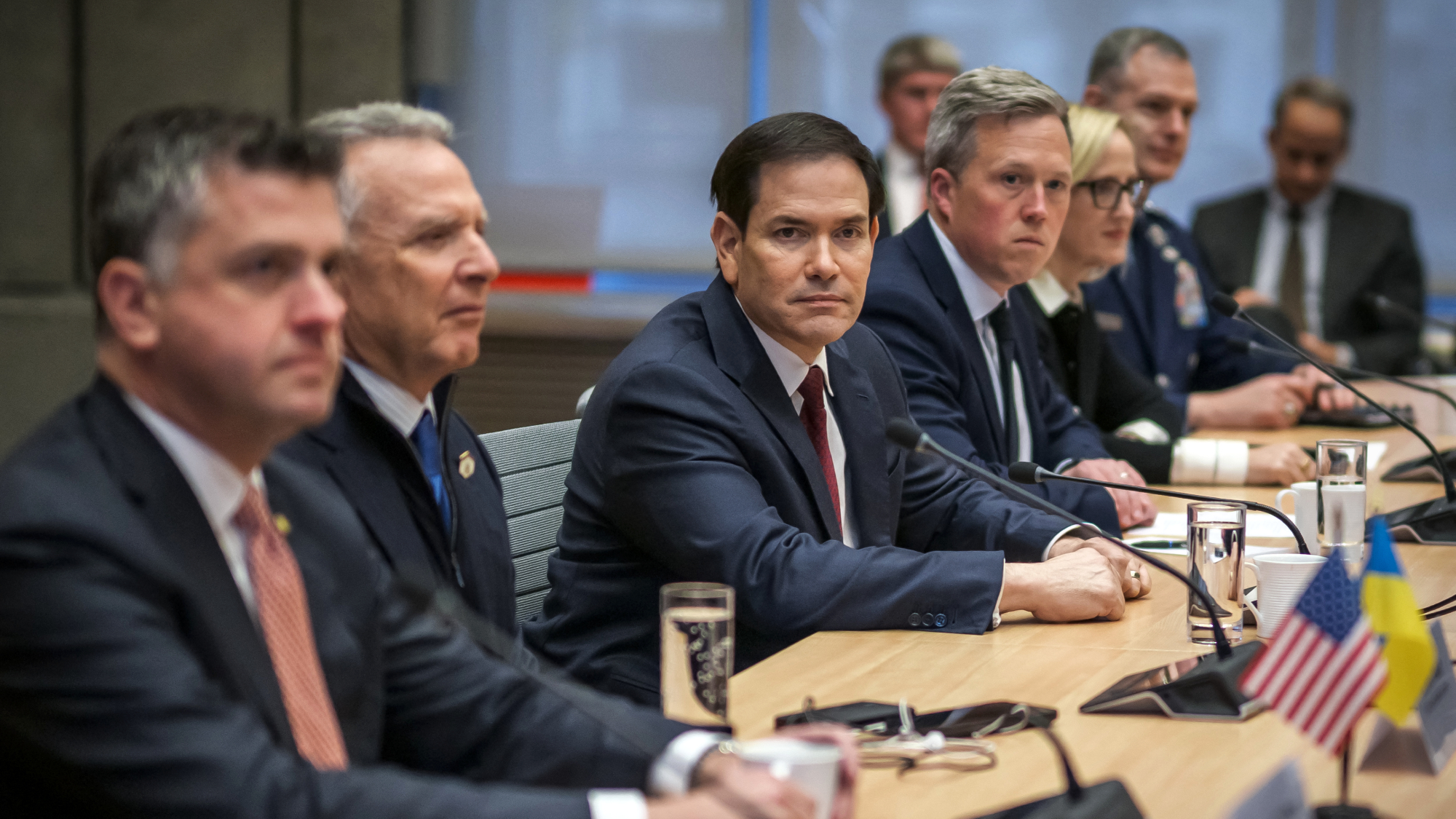 US, Kyiv report progress on shifting Ukraine peace plan
US, Kyiv report progress on shifting Ukraine peace planSpeed Read The deal ‘must fully uphold Ukraine’s sovereignty,’ the countries said
